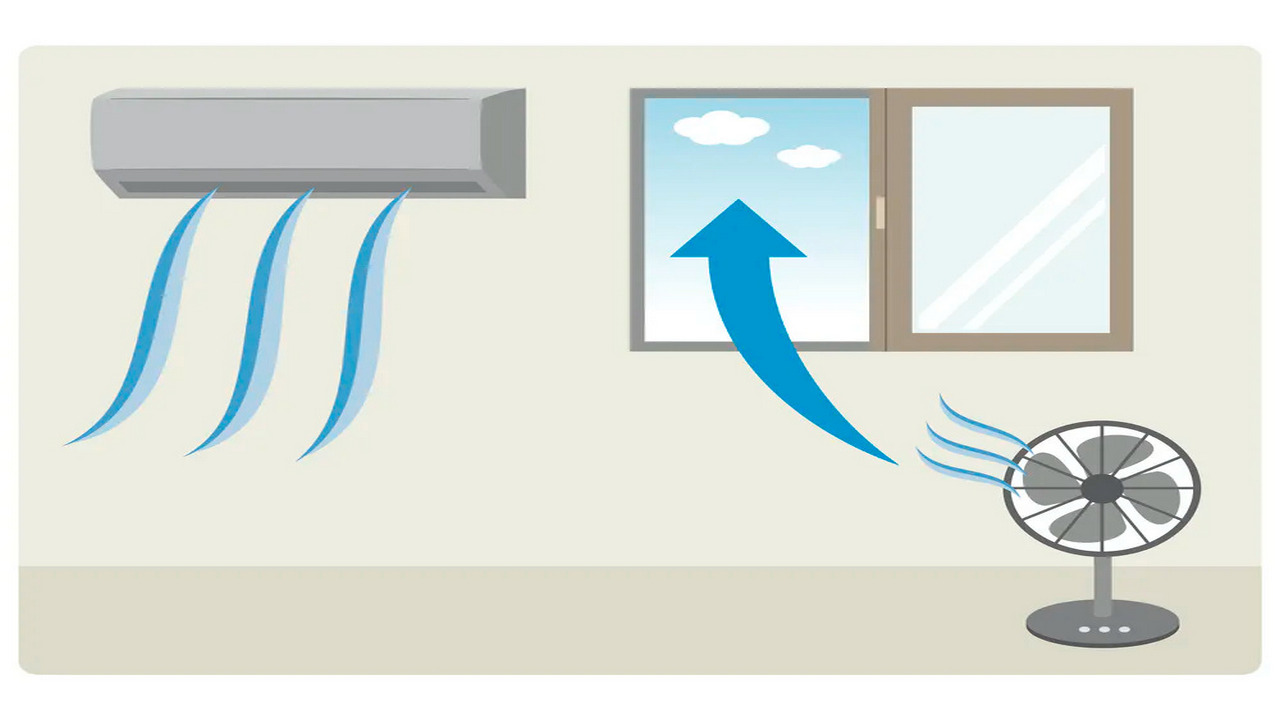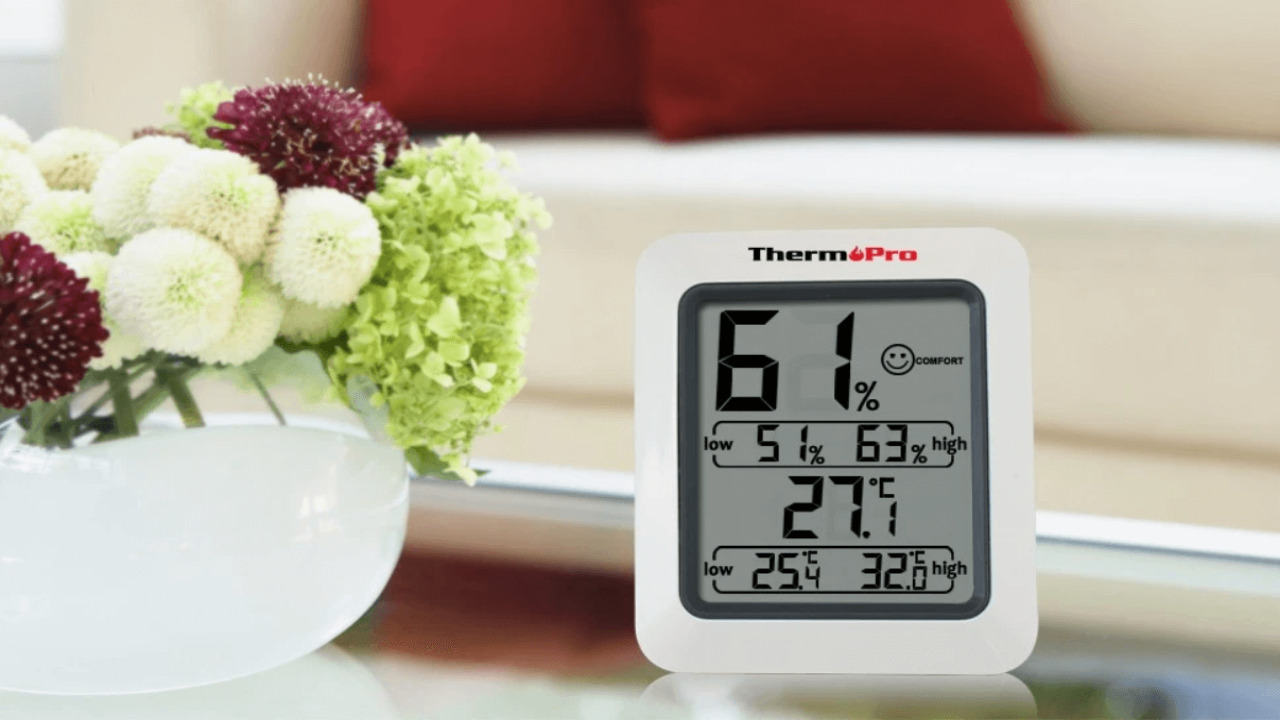Whether you’re a seasoned veteran or a recent convert to the wonderful world of natural gas, you’ll acknowledge that oxygen is an essential element for good health. Without it, most people won’t last long without getting sick. Even in homes with air conditioning, every home oxygen user should have access to enough oxygen to supply their own needs through Philips Respironics Everflo Oxygen Concentrator 1020000.
For some people, like those with chronic medical conditions or those who work in highly-specialized fields, access to good quality home oxygen may mean the difference between feeling well and going to the hospital. But what you may not know is that there are simply too many variables surrounding how much oxygen your home is providing that can have a significant impact on your health and well-being. So here are seven things you need to know about what it means when your home provides you with enough.
You Need a Ventilation System to Provide Enough Oxygen

One of the most important things you can do to ensure an adequate supply of oxygen in your home is to have a ventilation system in place. This is the exhaust from the home’s air conditioning system, fresh air from the outdoors, and any other intake of oxygen that may be present in your home. Ideally, this ventilation system should be capable of exhausting as much air as you’re pulling in. In some cases, this may mean adding a second system
If you’re not sure where to start, the easiest thing is probably to get a professional to help you design a ventilation plan. Ventilation systems should be monitored regularly to make sure they’re not running out of oxygen.
Poor or No Ventilation Can Cause All Sorts of Issues for Home Oxygen Users

Poor or no ventilation can cause all sorts of issues for home Oxygen users. This can include difficulty breathing due to constricted airways, poorly oxygenated blood, and even the risk of a coma or death. Poor ventilation is often caused by a poor design or a clogged air purifier. Some people also experience poor ventilation after long-term use of scuba gear or during strenuous exercise. While the risk of a catastrophic event is low, the impairment caused by poor ventilation needs addressing.
It’s Important to Monitor the Relative Humidity in Your Home

One of the most important things you can do to ensure an adequate supply of oxygen in your home is to have a ventilation system in place. This is the exhaust from the home’s air conditioning system, fresh air from the outdoors, and any other intake of oxygen that may be present in your home.
Ideally, this ventilation system should be capable of exhausting as much air as you’re pulling in. Unfortunately, many people’s homes are not properly ventilated. This may be due to a failure to monitor the relative humidity in the home, or a decision to keep the windows open due to lack of ventilation.
Even the Best Air Conditioning Doesn’t Provide Enough Oxygen

Even the best air conditioner doesn’t reach saturation levels quick enough to deliver the amount of oxygen that is vital to avoid discomfort or even death. Without an adequate ventilation system, even the best air conditioner will be unable to provide the amount of oxygen your body needs.
In some cases, the lack of ventilation can lead to a build-up of carbon monoxide, a colorless, odorless, and tasteless gas that is lethal in high concentrations. If carbon monoxide levels get too high in your home, you may not be able to escape from the room or apartment in which you are located. You may also notice that your eyes feel dry or that your mouth feels scratchy. This is because carbon monoxide is responsible for causing these symptoms. If you get this feeling for no apparent reason, you should visit a doctor.
